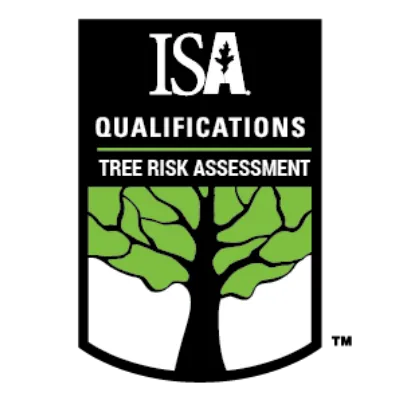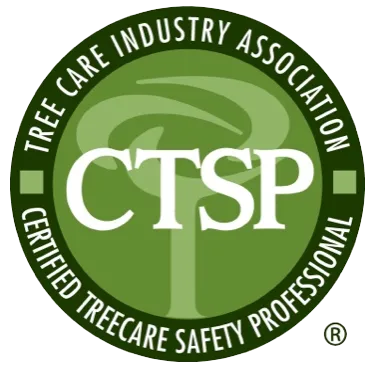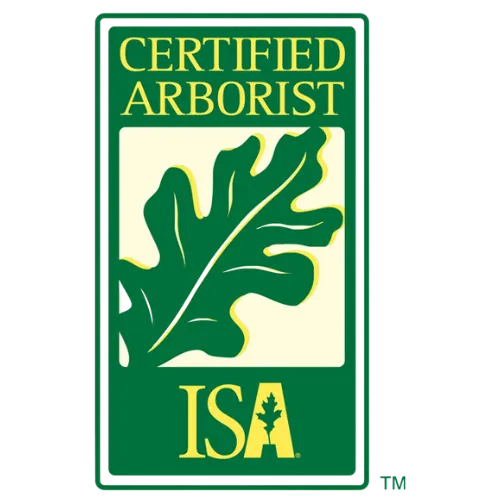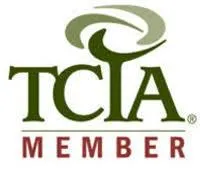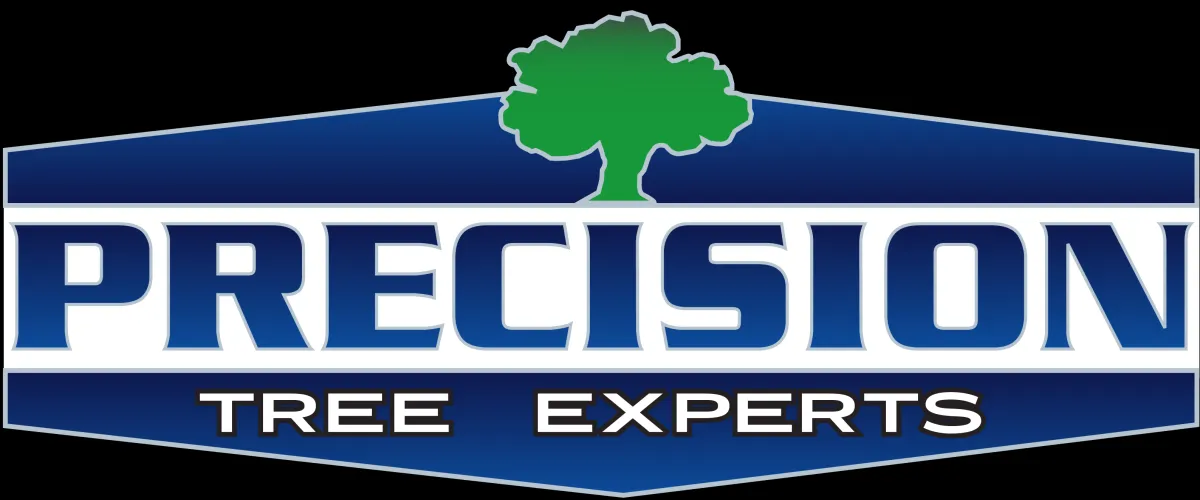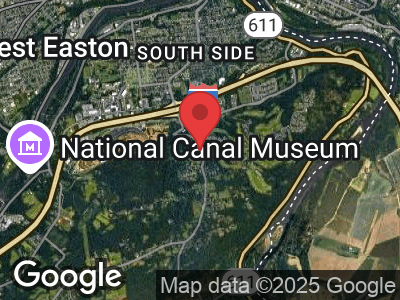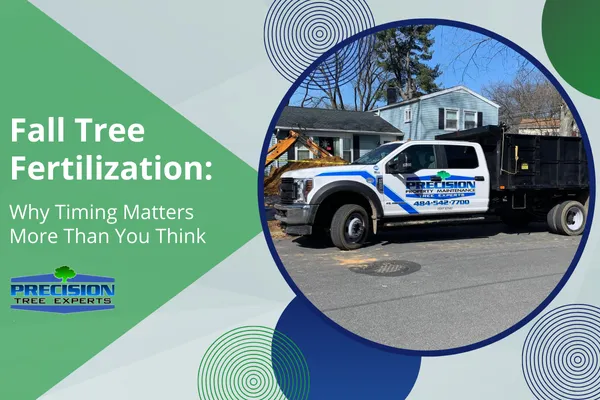
Fall Tree Fertilization: Why Timing Matters More Than You Think
If you're like most homeowners in Easton, Allentown, or Bethlehem, fall tree fertilization probably isn't topping your weekend to-do list. It should be.
Here’s the deal: Fertilizing your trees at the right time in the fall isn’t "extra credit" — it's survival prep. Done correctly, it boosts root health, strengthens defenses against winter stress, and sets trees up for explosive growth next spring.
Done wrong? You’re basically handing Mother Nature a "Kick Me" sign to tape on your trees.
Let’s break down why fall fertilization matters way more than you think — and how to do it right.

Why Fertilize Trees in Fall?
1. Fall Focuses on Roots, Not Leaves
By the time leaves start falling in Pennsylvania, trees shift their energy underground. Instead of pushing out new leaves or flowers, they focus on:
Expanding root systems
Storing energy for winter survival
Repairing summer drought stress
Fertilizing in fall feeds this natural process exactly when trees need it most.
2. Boosts Winter Hardiness
Healthy, well-fed roots mean stronger trees that can handle:
Freeze-thaw cycles
Heavy snow loads
Ice storms
Harsh winds
In areas like Easton and Allentown, where winter can swing from "mild" to "brutal" overnight, giving trees an edge before winter pays huge dividends.
3. Prepares for Strong Spring Growth
Trees fertilized properly in the fall wake up faster and healthier in spring. Instead of struggling to recover from winter, they launch into growth with stronger roots, fuller canopies, and better flowering (if applicable).
Bottom line: Fall fertilization is like buying a VIP ticket to a better spring.

When Is the Best Time to Fertilize Trees in Pennsylvania?
Timing is everything.
Best Fertilization Window:
Mid-September to early November
After trees stop active growing (leaf drop) but before the ground freezes solid
In Bethlehem and surrounding areas, that sweet spot usually hits late September through October.
Warning: Fertilizing too early (like August) pushes new growth — and tender new growth gets hammered by the first frost.
How to Fertilize Trees Properly in Fall
1. Use Slow-Release Fertilizer
Choose a balanced, slow-release fertilizer designed specifically for trees and shrubs. It feeds gradually over months, matching the slow pace of root activity.
Avoid: High-nitrogen lawn fertilizers. They’re tree killers in disguise.
2. Focus on the Root Zone
Fertilize from near the trunk out to the drip line (the outer edge of the branches).
Most absorbing roots live within the top 12 inches of soil.
Forget dumping a pile around the trunk. Your tree isn’t a houseplant.

3. Water It In
After applying fertilizer, water thoroughly. This helps nutrients move into the soil and reach roots faster.
Pro Tip for Easton Homeowners: If the fall is dry (common here), deep watering after fertilizing is even more critical.
4. Consider Deep Root Fertilization
For mature or struggling trees, professional deep root feeding can:
Deliver nutrients directly into the root zone
Improve compacted soils
Boost long-term tree health
Precision Tree Experts offers deep root fertilization services designed for the tough Pennsylvania climate.
Signs Your Trees Could Really Use Fall Fertilization
Sparse, thinning canopy
Yellowing or early leaf drop
Poor growth this past spring/summer
Trees recovering from drought, storm damage, or disease
If your tree looked "just okay" this summer in Allentown or Bethlehem, fertilizing now could be the difference between thriving next spring… or struggling.

FAQs About Fall Tree Fertilization in Pennsylvania
Can I use regular lawn fertilizer for trees?
No. Lawn fertilizer formulas promote rapid green growth — bad news for trees heading into winter.
Should young trees be fertilized in fall?
Yes, carefully. Newly planted trees benefit from slow, steady feeding to establish strong roots.
Can I fertilize trees after the first frost?
Ideally no. Fertilizing after hard frost risks wasting nutrients because root activity slows dramatically.
Is deep root fertilization worth it for mature trees?
Absolutely, especially if you’re dealing with clay soil, compaction, or past storm damage.
How often should I fertilize my trees overall?
Once a year is often enough — ideally in fall for most landscape trees in our region.
Conclusion: Give Your Trees a Head Start Before Winter
Fall tree fertilization isn’t "nice to have." It’s essential for:
Stronger roots
Better winter resilience
Healthier, fuller growth next spring
If you’re serious about keeping your property looking sharp and protecting your landscape investment, timing matters. And fall is the prime time to get it right.
Don't let your trees limp into winter hungry.
Ready to boost your trees' health this fall?
Visit Precision Tree Experts to schedule professional tree fertilization services today!

